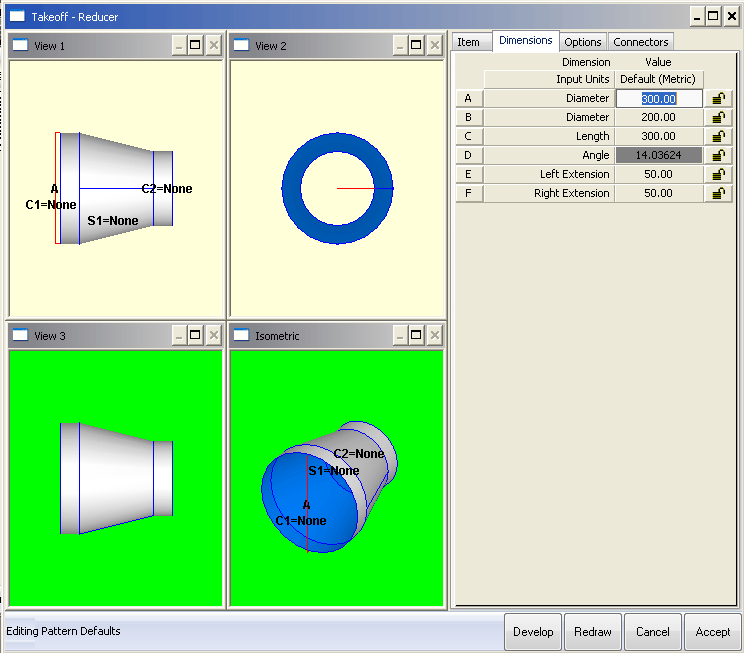

Things that are detail items, such as detail lines, hatches, text annotations, and detail groups will now show up in the new Duplicated View. Here is a break down of the differences within duplicating a view:ĭuplicates a view, and all objects that are considered part of the “model”. In order to have a similar view placed in multiple sheets, you must duplicate the Views as Dependents and place the new view onto the sheet: A view can only be placed on one sheet, and cannot be used in multiple sheets at one time. Sheets are used for printing, while views are actual workspaces that can be placed onto sheets for printing. Clicking the thumbtack will unpin the object.

Pinned objects will show a thumbtack when selected. Toggle it back on when you need to make adjustments to the pinned element. Simply toggle the “Select Pinned Element” button at the bottom right corner of your Revit model to disable, and your pinned element will no longer be selectable. Revit tries to visually highlight any elements that your cursor hovers over, and may take up some processing time when highlighting an extremely detailed element. This is helpful when an extremely large external Revit model is linked to the working Revit model. Pinned objects can also be set to not select or highlight when the cursor highlights over the pinned object. You can pin objects by selecting the pin object icon under the Modify Tab, or by typing PN while the object is selected. If you are referencing or overlaying an external dwg, rvt, or other types of drawings files, make sure they are pinned down to ensure that these reference files do not shift and cause inaccuracies in modeling. Read this post to find out my Top Tip for creating Inventor sketches ‘ Sketching – Keep it simple‘.Learn what construction technology leaders say about 4D BIM? I hope that you enjoyed this sketching tip! Just right click to get the ‘Length’ option. Inventor will automatically pick the radius of the Arc. You can add a dimension annotation in an Inventor drawing to give the length of your arc using the ‘General Dimension’ tool.Īnnotate tab > Dimension Panel > Dimension Tool If you want visual feedback of the Length of the Arc you could add some sketch text, and pull in the Value you are looking for.Īnnotating an Arc’s length in an Inventor drawing To drive the Length of an Arc you will need: A User Parameter to convert Degrees into Radians – Radians.A user Parameter for the Arc Length – Arc Length.A Model Parameter for the Radius of the arc – Radius.A Model Parameter for the Included Angle of the arc – Angle.To get the Length of an Arc to use in your Equations you will need:

But it is pretty easy to grab the length of an Arc using a Formula. Unfortunately Inventor doesn’t have an ‘Arc Length’ type of Dimension Parameter in sketches.

Just use the ‘ Measure Loop’ tool.īut this won’t allow you to use the Arc’s length in Parameter’s and Formula’s. Measuring the length of an Arc in an Inventor Sketch is easy. So how do you find the Length of the Arc? And what if you want to specify the Arc Length to drive your sketch? By default Autodesk Inventor will dimension the Radius of an Arc in a sketch.


 0 kommentar(er)
0 kommentar(er)
